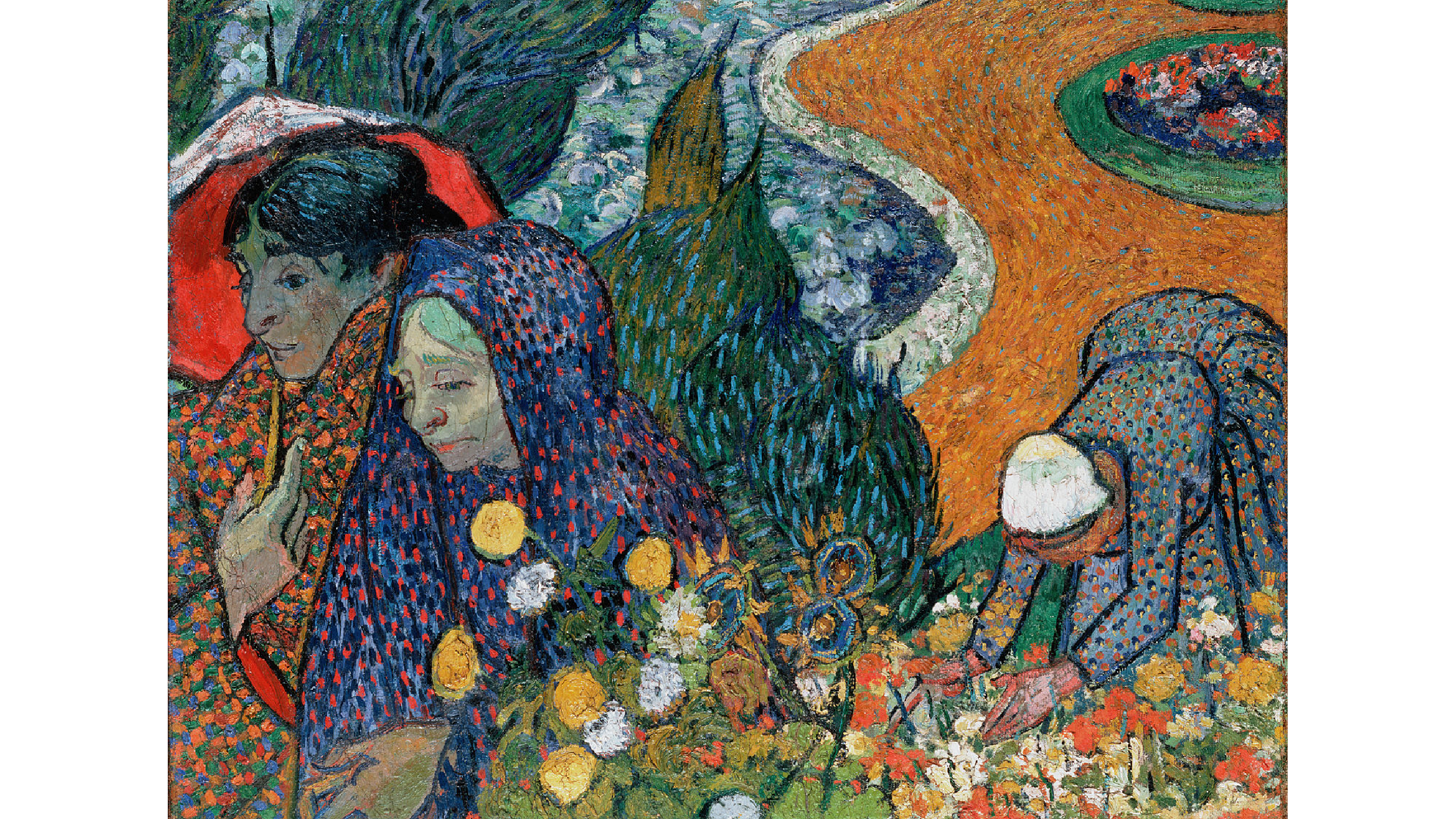His work
at Arles
During Vincent van Gogh's time in Arles, from 1888 to 1889, he experienced a period of immense artistic growth and self-discovery. Inspired by the vibrant landscapes, warm sunlight, and charming architecture of the region, van Gogh found himself immersed in a world of creativity.
Arles became a sanctuary for van Gogh, allowing him to escape the pressures of city life and immerse himself in the serene beauty of the countryside. The bright Provençal light, with its intense colors and deep shadows, influenced his artistic style profoundly. His paintings from this period, such as "The Bedroom" and "Café Terrace at Night," exude a sense of vibrant energy and atmospheric richness.
During his time in Arles, van Gogh was also deeply fascinated by the natural world. He spent countless hours exploring and capturing the essence of the local flora, producing exquisite works like "Sunflowers" and "Irises." Through these paintings, van Gogh's passion for nature shines through, with each brushstroke reflecting his deep appreciation for the beauty and transience of life.
However, van Gogh's time in Arles was not without its challenges. His ambitious nature and longing for artistic recognition led to strained relationships, including the well-known conflict with Paul Gauguin. This tension eventually resulted in van Gogh's emotional breakdown and the infamous incident where he severed his own ear.
Despite the hardships, van Gogh's time in Arles left an indelible mark on his artistic legacy. The works created during this period are celebrated for their bold colors, expressive brushwork, and emotional depth. They reflect his unique interpretation of the world around him and his relentless pursuit of artistic truth.
Van Gogh's time in Arles serves as a testament to his unwavering commitment to his art. It was a period of intense productivity, personal exploration, and artistic experimentation that would shape the course of his career and influence generations of artists to come.















